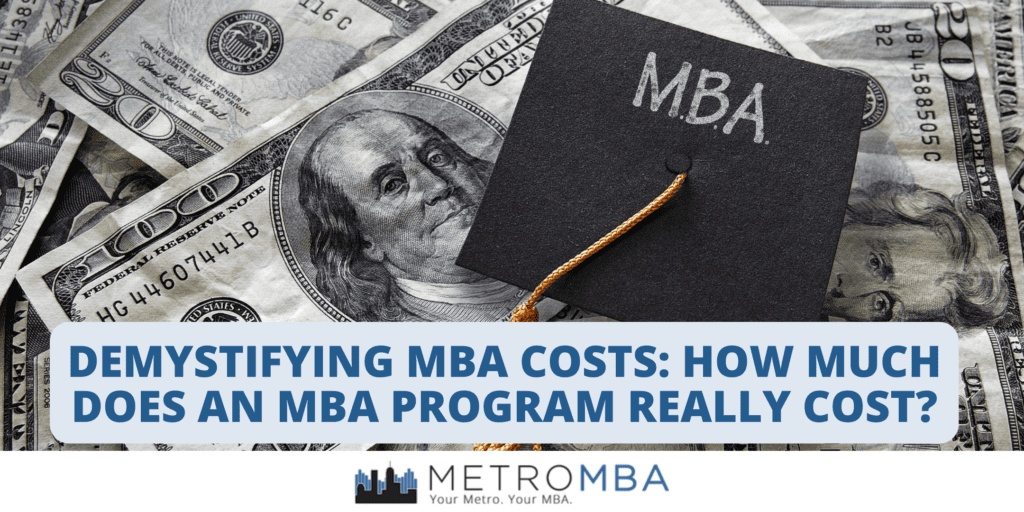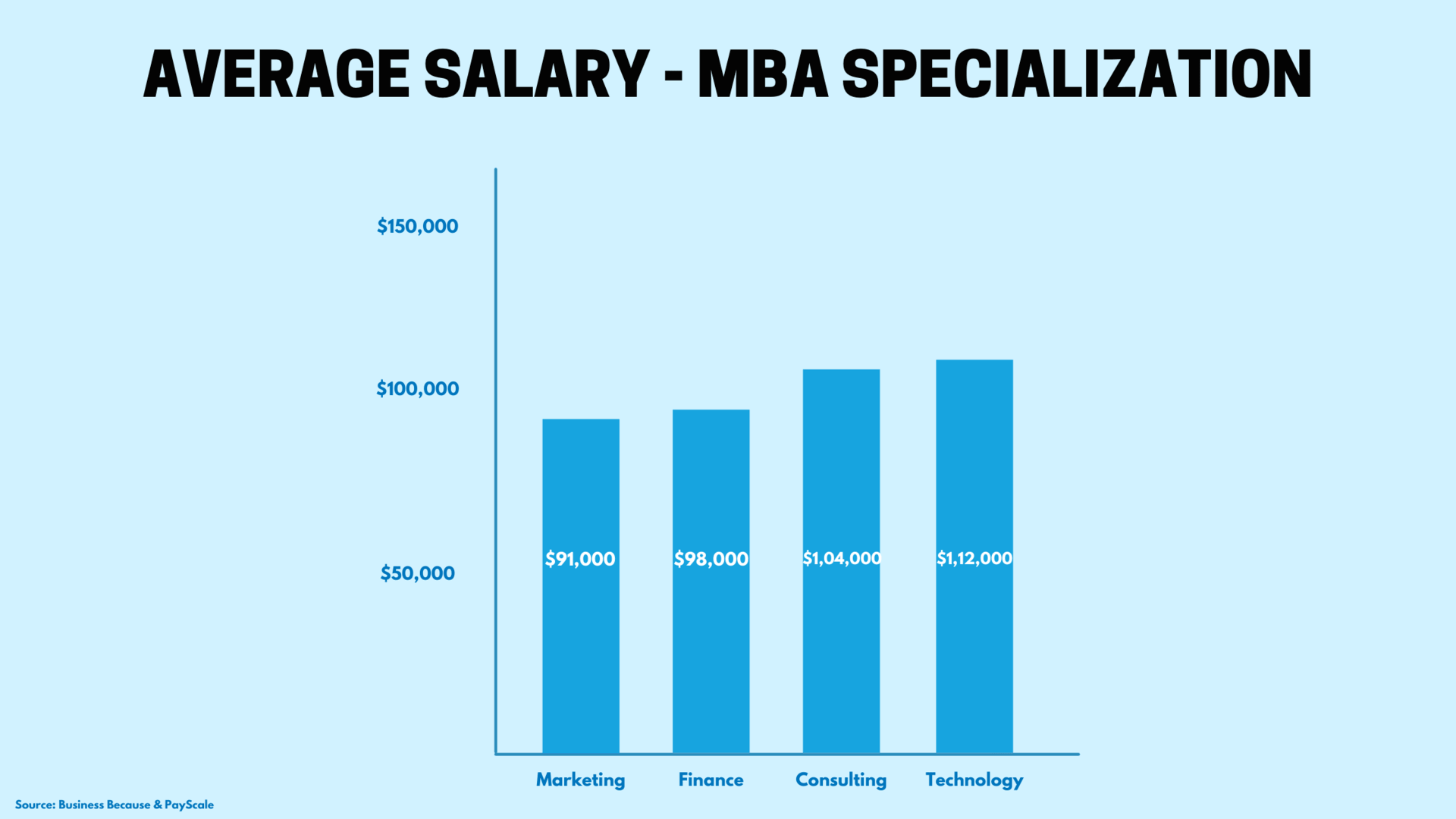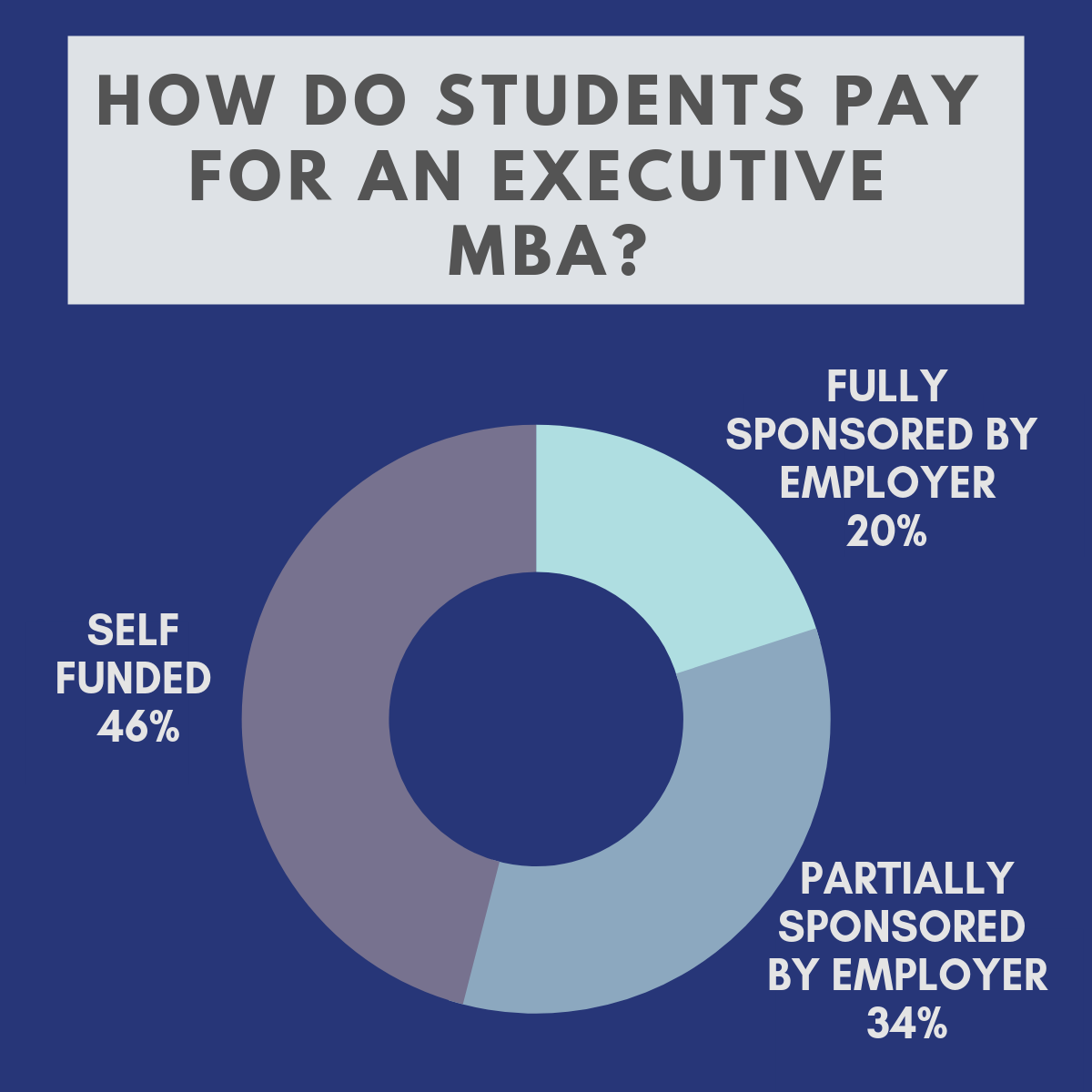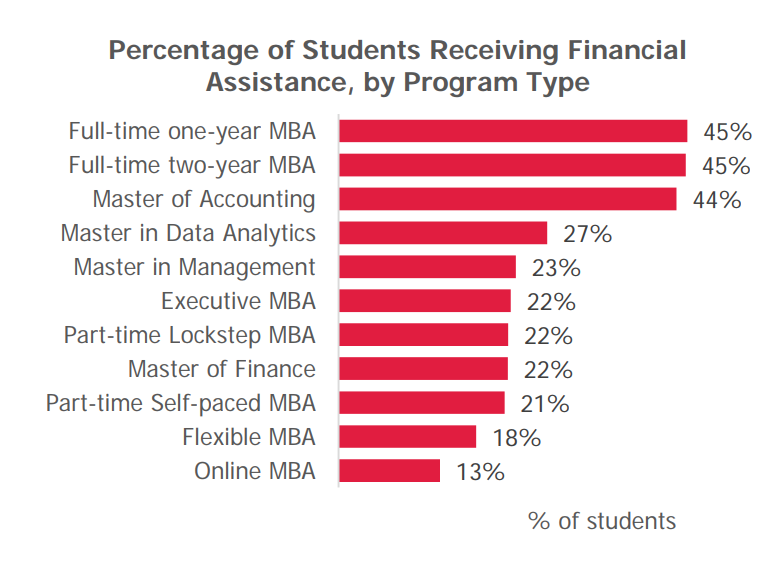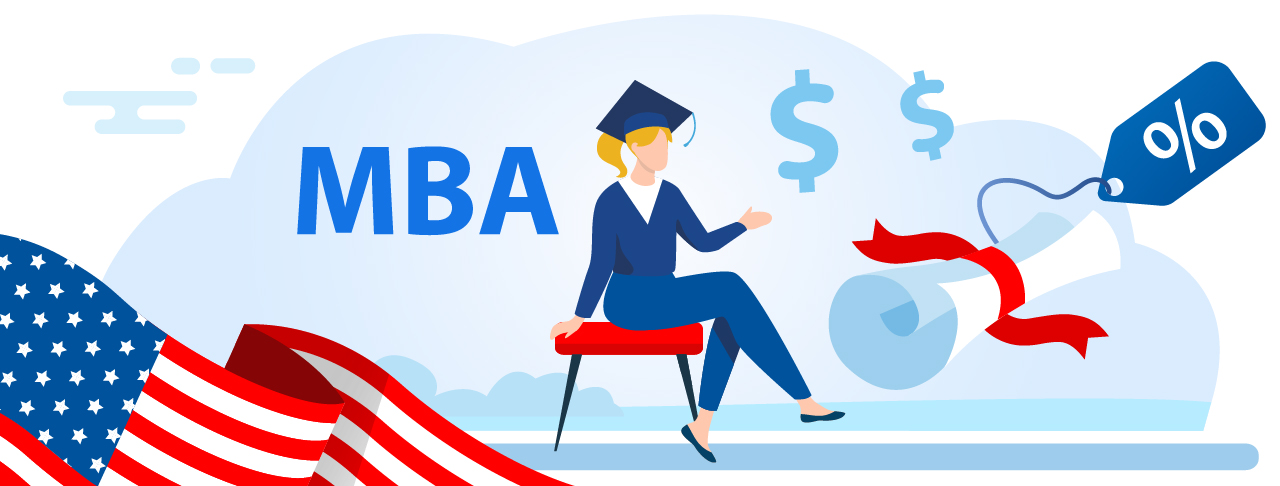How Much Does An Executive Mba Cost

For professionals looking to advance their careers while continuing to work, the Executive MBA (EMBA) is an attractive option. But the hefty price tag associated with these programs often raises a crucial question: How much does an Executive MBA really cost?
The cost of an EMBA program varies significantly depending on several factors, including the school's reputation, location, program duration, and included amenities. Understanding these cost drivers is essential for prospective students to make informed decisions about their investment.
Tuition: The Main Expense
The most substantial portion of the overall cost is tuition. According to a 2023 survey by the Executive MBA Council (EMBAC), the average tuition for an EMBA program in the United States is around $193,565.
However, this figure represents an average, and actual tuition rates can range from approximately $80,000 to well over $220,000 for top-tier programs at prestigious institutions like Harvard Business School, Wharton School of the University of Pennsylvania, and Stanford Graduate School of Business.
European EMBA programs, while sometimes perceived as less expensive, can also command high tuition fees, often ranging between €70,000 and €150,000.
Beyond Tuition: Hidden Costs
Beyond the headline tuition figure, several additional expenses contribute to the overall cost of an EMBA. These often overlooked costs can significantly impact the final financial burden.
Fees: Many programs charge mandatory fees covering student services, technology, and other administrative costs. These fees can range from a few hundred dollars to several thousand dollars per year.
Travel and Accommodation: EMBA programs often include intensive residencies, both on-campus and international. Students need to factor in the cost of flights, accommodation, meals, and local transportation during these residencies.
Course Materials: Textbooks, case studies, and software licenses add to the expenses. While some programs include these materials in the tuition, others require students to purchase them separately.
Living Expenses: If the program requires relocation or frequent travel, living expenses such as rent, utilities, and groceries should be considered.
Opportunity Cost: This is the forgone income during the program. While many EMBA students continue working, the demands of the program might necessitate reduced work hours or passing up on certain career opportunities.
"The investment in an EMBA is significant, but the potential return on investment in terms of career advancement and increased earning potential can be substantial," says Michael Locke, a career coach specializing in MBA graduates.
Financing Options: Making the Investment Possible
Given the considerable cost, most EMBA students rely on a combination of financing options. Employer sponsorship is a common avenue.
Many companies offer tuition reimbursement or direct sponsorship as a benefit for their employees, recognizing the value of the skills and knowledge gained through an EMBA.
Student loans, both federal and private, are another popular option. EMBA students can also tap into their savings or investments to cover the costs. Scholarships and fellowships, though often competitive, can also provide financial assistance.
Understanding the full cost of an EMBA, including tuition, fees, travel, and opportunity cost, is crucial for prospective students. Thorough research and careful planning are essential to ensure that the investment aligns with their career goals and financial situation.



